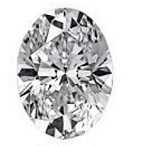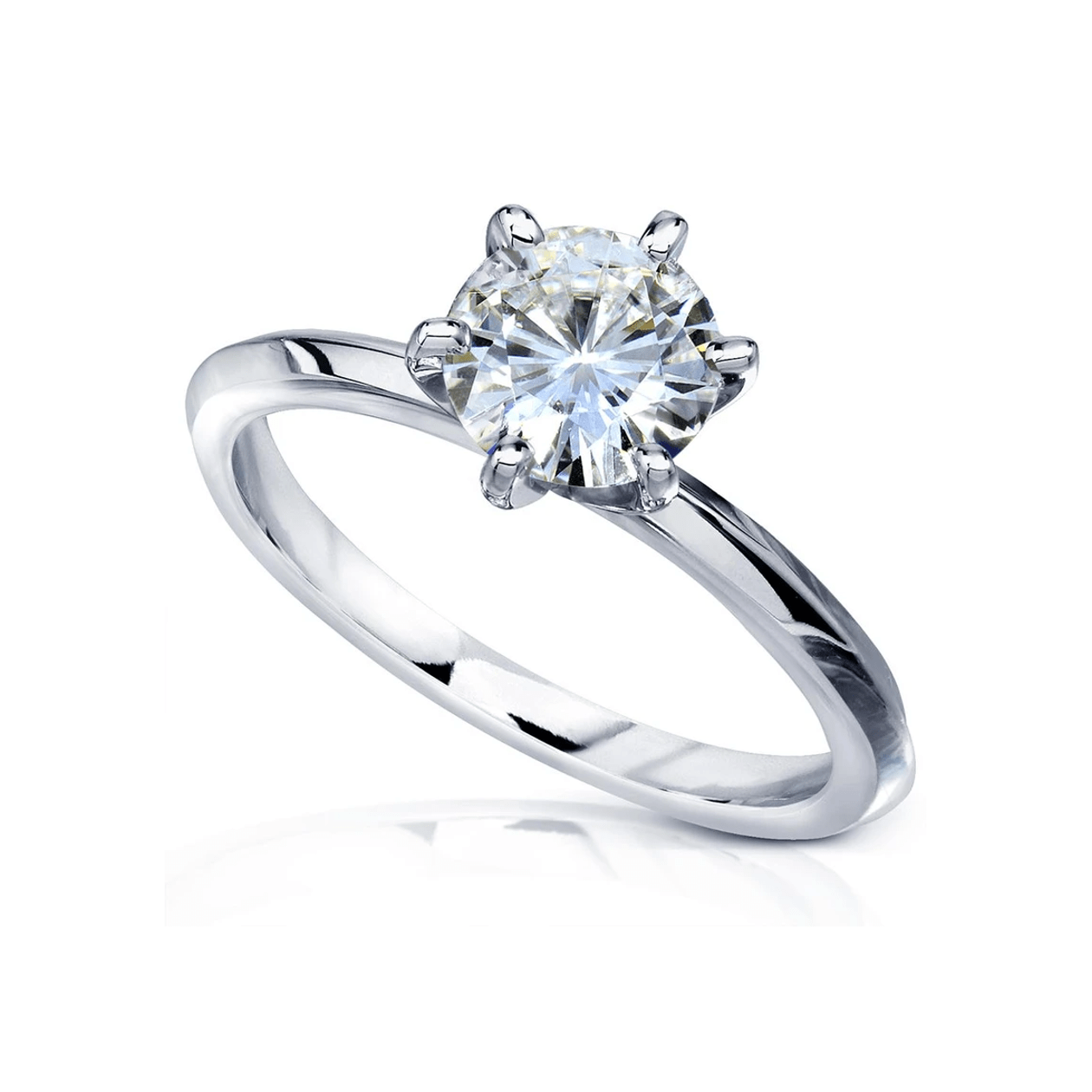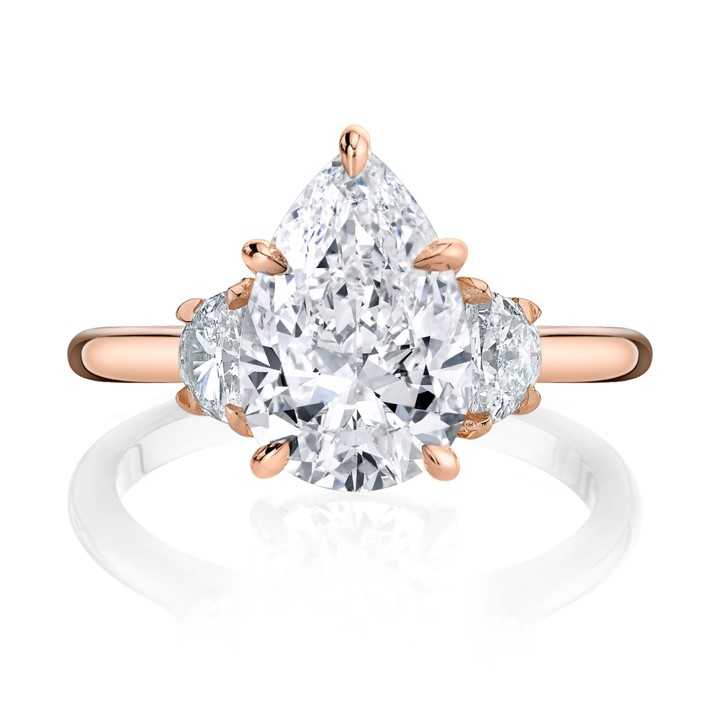How to Clean Your Diamond Engagement Ring
If the last year has taught us anything, it’s that dirt and bacteria surround us all of the time.
It may be a good thing that we don’t actually see most of these nasties—otherwise our inner germophobes may be awoken to debilitating levels.
Nonetheless, we still aspire for cleanliness wherever possible.
Your engagement ring is no exception.
Your ring’s beauty will be defined by its sparkle, and nothing dampens an engagement ring’s radiance like a dirty diamond.
Think about how frequently we clean our most prized and valuable possessions: how often do you clean your home? How often do you clean your car? There’s no reason you shouldn’t be treating your beautiful engagement ring with the same TLC that you do any other possession that holds both sentimental and financial value.
Below are 10 tips for how to clean your diamond engagement ring …
































































